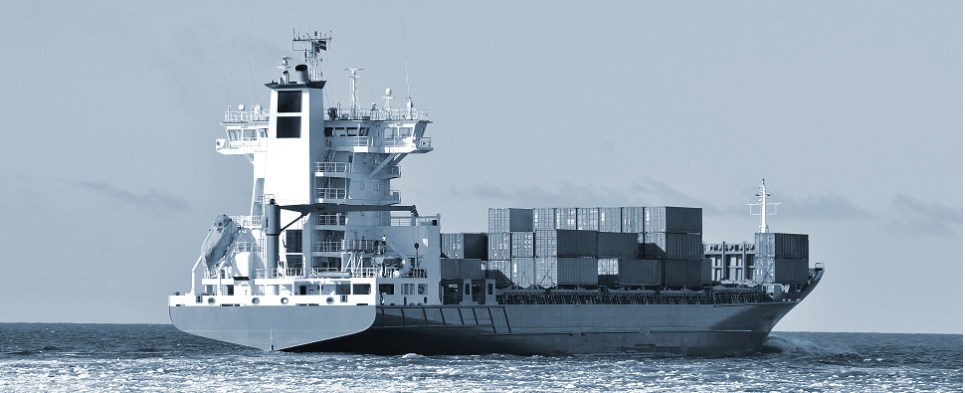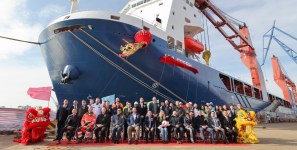Ports Support Nitrogen Emission Control Areas for North and Baltic Seas
The ports of Antwerp, Hamburg, Rotterdam, Le Havre, and Bremen/Bremerhaven support the positions of North Sea and Baltic countries to designate the North Sea and the Baltic Sea as Nitrogen Emission Control Areas (NECA) beginning in 2021. The ports called on the Maritime Environmental Protection Committee members to support those submissions during its 70th Session held last week in London.
European ports are under pressure to reduce their environmental footprints. Ports that accommodate industrial clusters and are located in the vicinity of residential areas and/or Natura 2000 sites—protected natural habitats designated by the European Union—in particular feel the urgency to reduce their emissions in order to maintain their licenses to operate.
With the submission to designate the North Sea and Baltic Sea as a NECA there is an opportunity to further decrease the harmful impact on the environment. The shipping industry is responsible for an increasing share of nitrogen-oxide emissions which contribute to nitrogen deposits in protected sites and to nitrogen oxide concentration levels in residential areas. While significant advances have been made to curb nitrogen emissions from land-based sources, the shipping industry has not yet been able to achieve the same results.
International studies have shown that the designation of an NECA is a cost-effective way to reduce nitrogen-oxide emissions from seagoing vessels. There is a range of proven technologies available to comply with these NECA requirements including dual fuel engines or pure gas engines that can operate on liquefied natural gas (LNG), selective catalytic reduction (SCR), and exhaust gas recirculation (EGR).
Global standards implemented by the International Maritime Organization provide the building blocks to reduce emissions from maritime transport. IMO requirements for vessels built beginning in 2021 and operating in Nitrogen Emission Control Areas are a key instrument for nitrogen oxide reduction. These requirements push down nitrogen oxide emissions, which have detrimental effects on air quality and health, by about 75 percent compared to the Tier II, which are requirements that apply for all vessels built since 2011.





Leave a Reply